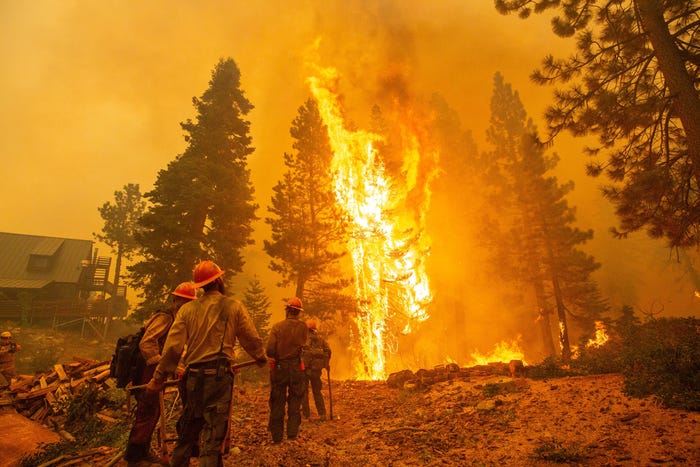Why public safety is turning toward AI and 5G
Moving forward, in 2025 and beyond, it is expected that public safety professionals will prioritize both reliability and data-driven, real-time insights.
January 13, 2025

First responders have always prioritized reliability with regard to technology and connectivity. It stands to reason, if you’re working in an inhospitable environment or under unpredictable conditions, with lives at stake, you need reliable communications. But more recently we’ve started seeing the emergence of a new priority: the need for timely, actionable intelligence. Even as this need grows, access to reliable mission-critical communications remains vital. Moving forward, in 2025 and beyond, it is expected that public safety professionals will prioritize both reliability and data-driven, real-time insights.
Turning toward AI
To date, public safety professionals have been somewhat slow to adopt the use of artificial intelligence (AI), but that’s changing, and I suspect that change will gain momentum in 2025. According to the Verizon Frontline 2024 Public Safety Communications Survey, a survey of 1,700 first responders from across the nation, only 14% of public safety and emergency response professionals are currently using AI or smart solutions. However, a sizable majority (75%) believe AI will be either important or a top priority for public safety agencies in the future.
Every day, public safety agencies in the United States and abroad must contend with mountains of data and near-infinite variables. AI can help sort that data so that first responders can more efficiently concentrate their finite resources. AI can analyze vast amounts of data in real time, benchmarking against historical data, in order to detect patterns and identify threats. AI has the ability to help improve incident response and enhance crime mapping. It can also aid in the prediction of (or response to) natural disasters by identifying early warning signals—low moisture levels and high wind as an indication of potential wildfires, for instance—or determining areas that are prone to flooding and are short on flood-resistant constructions.
Forward-thinking and practical
I recently had a conversation with one of our partners, Joshua Gough, the executive director of U.S. Customs and Border Protection. When I asked him about the role of AI, he said, “When leading in a crisis situation, I don’t need more data, I need answers.” That’s what AI does. It turns data into insights. If powered with 5G, it can do it in real time, at which point it becomes actionable. That’s why I believe public safety agencies will increasingly turn toward 5G and AI in 2025 and beyond: They’re practical. First responders won’t use something just because it’s new technology, but they will use it if they see real-world benefits.
To read the rest of the article, visit American City & County.



